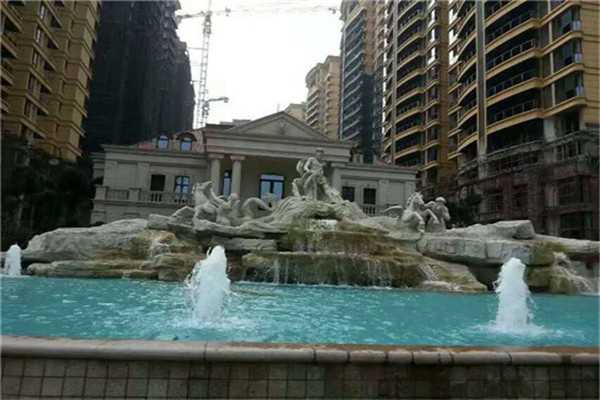
The types of stone inscription monuments include monuments, memorial monuments, merit monuments, temple monuments, Dianzi monuments, mausoleum monuments, etc. Except for a few wordless steles, they are generally literal steles. Usually, characters are carved on the body of the stele, and some are accompanied by carved patterns. The pedestal and cover of the stele are mostly carved with decorations, birds, animals, flowers, and mascots. The cover of the stele of the imperial family is also carved with dragons and phoenixes. Marble is the most commonly used stone for making the stele, and sandstone and granite are also commonly used. Some of the steles are huge, and some of them become a group of steles. Stone books are written with stone instead of paper, and carved instead of pen, which is very ingenious. There are many famous works of stone tablet processing and stone calligraphy carving. For example, "Xi'an Forest of Steles" includes more than 3000 historical steles from Han Dynasty to Qing Dynasty. It is the largest collection of stone books in China. Together with the "Forest of Steles in Hanlin" under construction in Kaifeng, it can be said that it is a sea of steles, and it is a collection of calligraphies of regular script, line, grass, seal script, clerical script and Wei style by famous calligraphers of all ages. In addition to large-scale carvings such as stele books and cliff carvings, there are also some stone carvings, such as mourning volumes in imperial tombs and modern fine carved small stone books, such as more than 100 mourning volumes of white marble excavated in the tomb of the prince of the Tang Dynasty, and six stone books of "Thirty six Strategies" carved in tile slate in modern Chengdu, a total of 26 pages and 1278 words, bound into a volume with eyeliner, each page is 2.2.6mm, which can be read.

Sculpture art is a kind of plastic arts, also called sculpture, which is the general name of three creation methods of sculpture, carving and sculpture. It refers to the art of using various plastic materials (such as gypsum, resin, clay, etc.) or hard materials (such as wood, stone, metal, jade, agate, etc.) that can be carved or carved to create a visual and touchable artistic image with a certain space to reflect social life and express artists' aesthetic feelings, emotions, and ideals. Wanning Sculpture It is diverse, so the law of development has different ups and downs. For example, the bronze ware manufacturing and decorative carving in the Yin and Zhou Dynasties in China were unmatched by future generations. The themes of the Han Dynasty's stone reliefs fully reflect the real life at that time. recommend Sculpture The sculptures in the Tang and Song dynasties certainly exceeded those in the Han Dynasty, but the works of the Tang and Song dynasties never fully reflected the reality as the Han Dynasty stone reliefs did. The handicraft industry and commerce in the Ming Dynasty were improved compared with those in the Tang and Song Dynasties, but few sculptures in the Ming Dynasty fully displayed the characteristics of each work as in the Song Dynasty. Although the sculpture of the Ming Dynasty is not as good as that of the Tang and Song Dynasties, other artistic achievements of the previous dynasties are naturally behind.
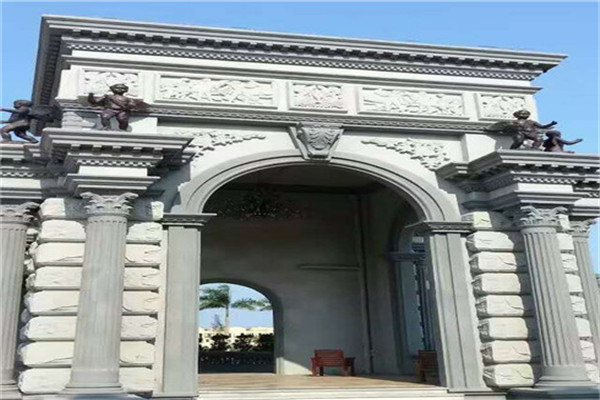
EPS components have high strength, excellent water resistance and good toughness. Simple construction is an important advantage of this product. During construction, no embedded parts or riveting parts are required. The special bonding mortar provided by our company can be directly bonded to the wall base. This kind of mortar has high bonding strength, and slightly larger components will not fall off even when people walk on it after being pasted on the wall base. Easy installation. Using special bonding materials and methods, one person can install and construct, especially for large components, only bonding installation is required. Hainan sculpture decorative line (component) is smooth and beautiful, and there is no gap between the lines. Because the gap repair material is used between the two lines, the gap disappears completely. There will be no cracks in future use. Completely solved the problem of external thermal insulation of cold and hot bridges, allowing designers and builders to give full play.
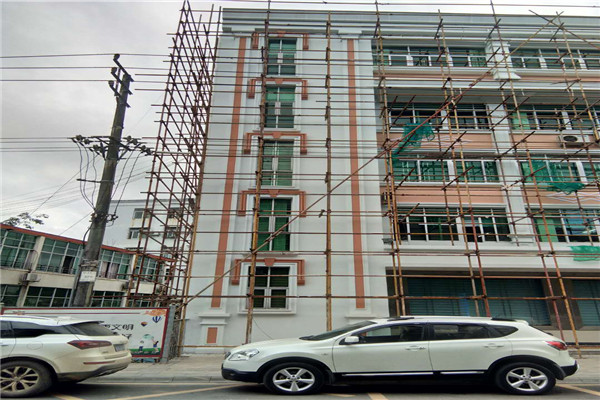
EPS decorative line is a new type of exterior wall decorative line and component, which is more suitable for installation. On the walls with EPS and XPS insulation of exterior walls, it can not only reflect the European classical and elegant decorative style, but it is very difficult to install cement components, with a long construction period, cracks will appear over time, and poor durability. However, using EPS decorative line has the advantages of convenient installation, economy, and long durability. With the continuous development of the building decoration industry, more and more new materials have come to the fore, which are favored by more and more people. More and more enterprises have entered the EPS line, and some professional companies have come to the fore. Not affected by temperature change, cold resistant and heat resistant; Not affected by humid climate and acid rain. EPS decorative lines can prevent fire without emitting toxic substances, and are environmental friendly high-quality decorative building materials. EPS decorative lines are cut by computer numerical control, which is fast in production and has many varieties and models, such as lines, Roman columns, window covers, brackets, etc., and can be installed on the four sides of windows, door edges, eaves corners and wall bodies; Make the facade of the building more beautiful, and bring new and different ideas to the architects.
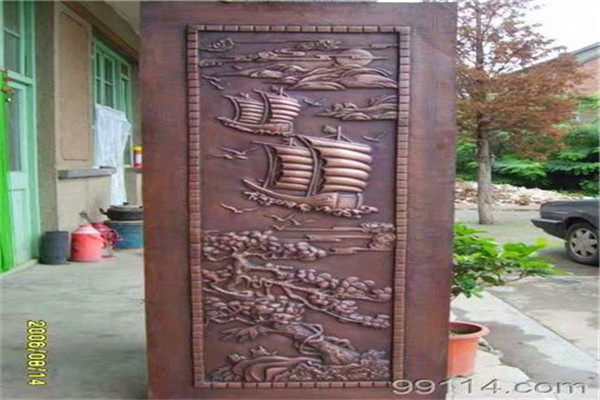
Stone carvings pay attention to lifelike shapes, round and delicate techniques, and smooth and free patterns. Its traditional skills began in the Han Dynasty, matured in the Wei and Jin Dynasties, and became popular in the Tang Dynasty. There are mainly garden sculptures, architectural sculptures, sculptures, stone carving handicrafts, and hundreds of products: marble mantelpiece, figure sculptures, reliefs, abstract sculptures, fountains, flower pots, Roman columns, railings, pavilions, busts, door covers, stone benches, bathtubs, animal carvings, tombstones, antique sculptures, etc. Stone carvings have a long history. They pay attention to lifelike shapes, round and delicate techniques, and smooth and free patterns. Carving products mainly include figures, animals, fireplaces, flower pots, balustrades, fountains, reliefs, dragon pavilions, dragon pillars, jade pavilions, birds and animals, and various high-quality sculptures. It not only has the charm of ancient art, but also has the elegant and fast modern art style. It enjoys the reputation of "excellent workmanship" and "groundbreaking" at home and abroad. It is a collection of creative, design, production of various works of art. In short, it is a work of art carved from stone.
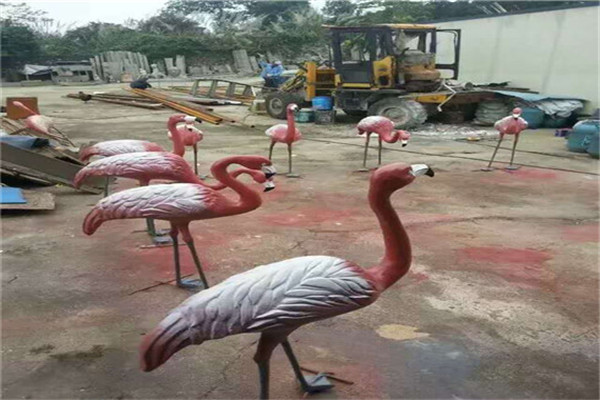
From the perspective of development, sculpture can be divided into traditional sculpture and modern sculpture. Traditional sculpture is a visual, tactile and static three-dimensional art form molded with traditional materials; Modern sculpture uses new materials to make anti traditional four-dimensional, five-dimensional, acousto-optic, soft and dynamic sculptures. According to traditional materials, and according to environment and function, it can be divided into urban sculpture, garden sculpture, indoor sculpture, outdoor sculpture, desk sculpture, shelf sculpture, etc. There are many kinds of sculpture materials, such as clay, stone, wood, metal, gypsum, resin, ivory, etc. Then several categories were developed: wood carvings: wood carvings have a long history. Most of the early themes were centered on religion. In addition to religious icons, they were also used for the decoration of altars and religious places. In countries where wood building flourishes, wood carving develops with architecture. Modern wood carvings have quite diversified styles and features, and artists like to use abstract forms to express them. In addition, wood carving is also an important contributor to the invention of printing. Please see woodcut prints for details; Stone carving: The regions where stone carving is developed have a lot to do with where the stones suitable for carving are produced. The regions where stone carving is developed have a long history of stone carving. In the past, stone carvings were often used as decorations of gardens, signs of doorways, or architectural decorations of mausoleums. Because the stone is thick (not easy to be stolen), and the details of carvings are not easy to be damaged by wind and rain, stone carvings are mostly in outdoor environments. The common stone carving material is marble. There are clay sculptures, ice sculptures, sand sculptures, metal sculptures and pottery.






